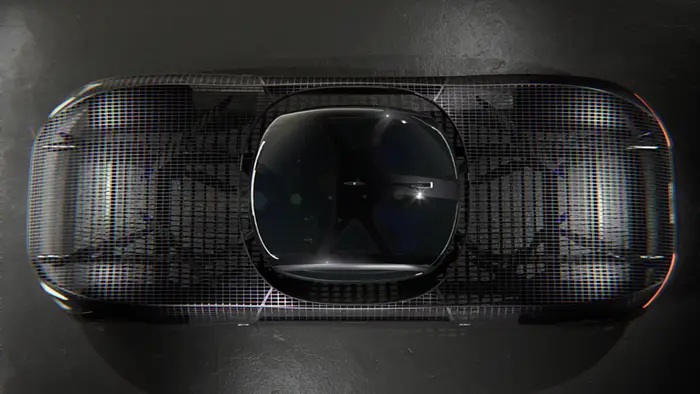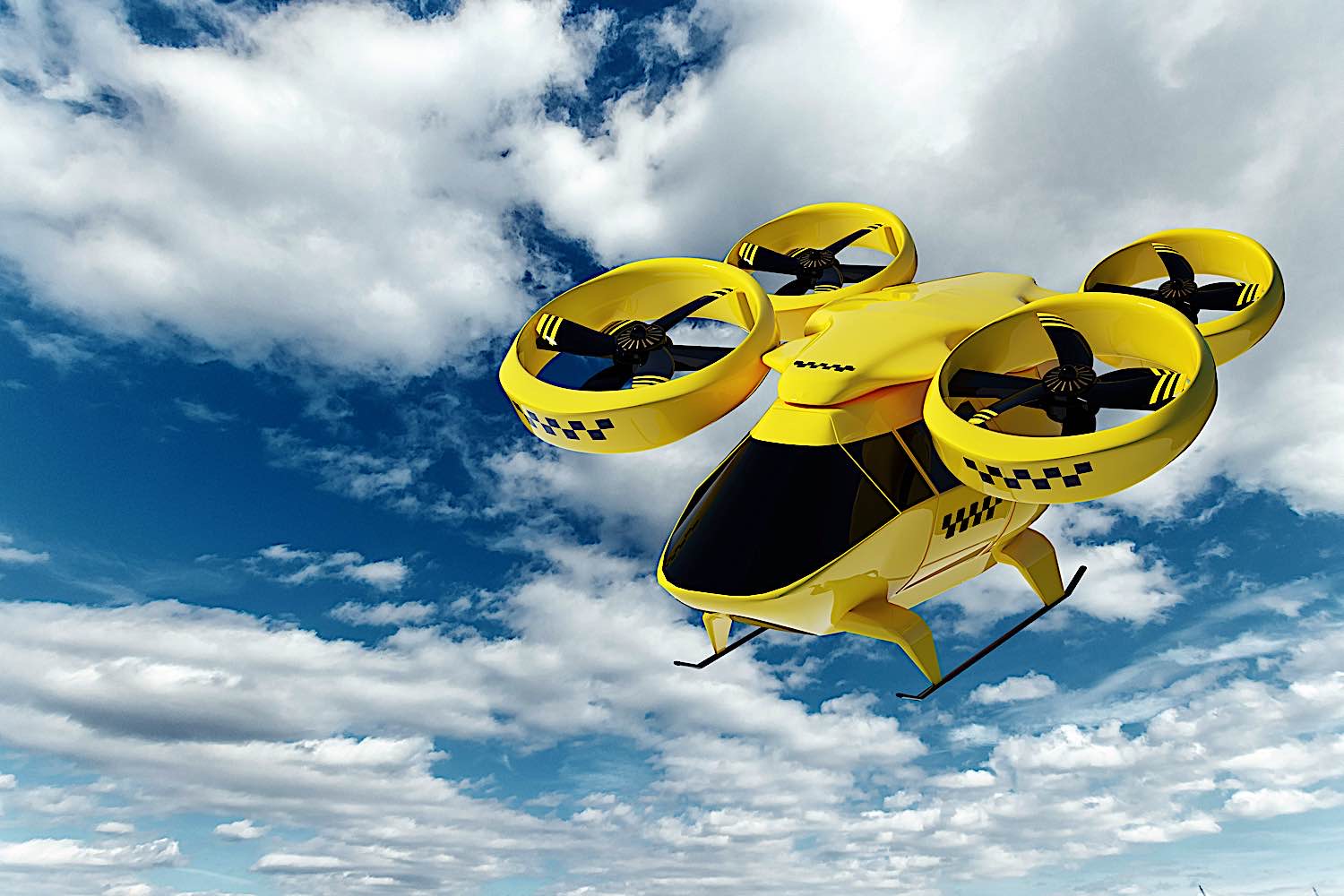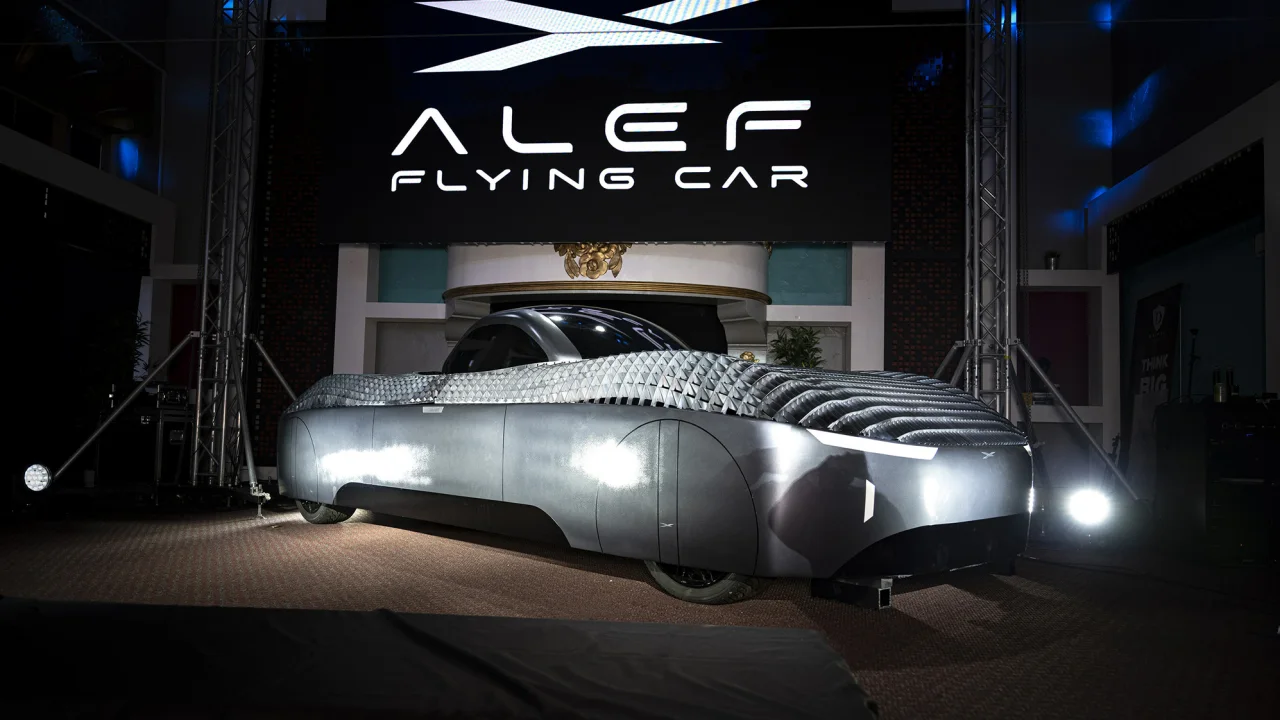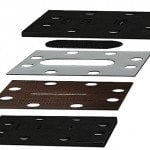The world of science fiction is inching closer to reality with leaps and bounds. Over the last decade, talk of electric cars has dominated conversations worldwide. Then came rumors of self-driving vehicles. Today, the conversation has shifted to electric flying cars. The FAA has approved the world’s first fully electric flying car for testing purposes. [1] A California-based company, Alef Aeronautics [3], was the lucky recipient of the esteemed approval.

According to the company, this vehicle can take off and land vertically like a helicopter or drone, allowing its occupants to overcome any traffic obstacle. Electric motors power it, providing a range of up to 110 miles in the air and up to 200 miles on the ground.
Pioneering innovation in aviation and automobile engineering, this ambitious venture is all set to put their newly approved flying car on a pre-ordering basis, transforming the way people travel.
Alef Aeronautics Lifting Off
Nestled in the heart of innovative San Mateo, California, Alef Aeronautics is not just another tech startup. Since its inception in 2015, the company has been on an adventurous journey toward building the world’s first sustainable flying car. Jim Dukhovny, CEO and face of the company, met up with friends Konstantin Kisly, Pavel Markin, and Oleg Petrov in a coffee shop. There, they sketched out what would be their first design on a napkin. In 2017, the initial small-scale model was created, and by 2018, the final full-size version was completed. [2]
Video of the Alef public launch:
Successfully turning heads around the globe, the trailblazing startup even garnered attention from Elon Musk’s SpaceX, who is among the early backers. Making headlines recently is their groundbreaking invention: The “Model A” electric flying car. It received a gleaming seal of approval from the Federal Aviation Administration (FAA), so this full-electric vehicle is prepared to steer its way into our lives as it sits on regular driveways and effortlessly flies off into sunsets when desired. In fact, that is what makes Alef stand out from the competition. While the FAA stated that it isn’t the first of its kind to receive a “Special Airworthiness Certificate” to operate in the United States, this one is the first with the capacity to drive on roads and fly in the air.
According to Dukhovny, the flight mode would enable a driver to take off once confronted with traffic or any other obstacle. However, the usefulness of this feature remains to be seen, as the FAA has yet to clarify the regulations for an electric flying car. Unless they allow take-off mid-traffic, Alef’s flying car will have to follow the same rules as any other electric vehicle take-off and landing aircraft (VTOL).

New Age Innovation
The Alef Aeronautics “Model A” car aims to be a true design and engineering masterpiece, embodying transformation and sustainability. Although what has been released so far isn’t much to go by, the company has promised several clever features. Like many flying cars, the Model A is expected to run on battery power.
The drone-like vehicle will use propellers to take off and land vertically. Four small motors sit on each side of the cabin and power the eight propellers required for flight. Once in the air, the vehicle uses wings to fly horizontally. This should reduce the energy needed for flight and provide a much smoother ride than other electric flying cars currently on the market.
A significant feature that sets Alef’s flying car apart from conventional road vehicles is its remarkable gimbaled rotating cabin design. In layperson’s terms, this bubble-like capsule ensures the driver and cabin remain stable even during flight. Inside the cabin, two passengers will be able to enjoy a 180-degree sky view. The company has confirmed that they are working on a second model, one which will have four seats instead of two.
The cost of the Model A has not been released yet, but it is expected to be in the $300,000 range. Pre-order early birds can choose between $150 for the general queue and $1,500 for the priority queue to reserve their futuristic vehicle. Companies and individuals have already expressed interest in buying the flying car. “The strong number of pre-orders received,” according to Alef, indicates that enthusiasts and innovators across the globe are ready to welcome this new dawn in personal transportation, even at a cost. Finally, the estimated time of delivery is expected to be around the end of 2025. [3]

The FAA Approval
Obtaining permission to test and eventually sell a flying car is no easy task. Alef Aeronautics achieved a significant milestone when they received special airworthiness certification from the FAA in June 2023, which permits them to road and air test the Model A car. This endorsement might seem like just some bureaucratic approval on paper, but it carries more weight than providing a formal nod for research.
The FAA spokesperson conveyed the importance of this special recognition, saying that it allows Alef to test their prototype and use it for exhibition and further development. This official certificate boosts the credibility of Alef’s endeavor, holding immense benefits for its future prospects. It reaffirms faith in their project amongst prospective customers and investors alike.
It is almost impossible not to wonder about the technicalities of switching the Model A car from ground driving mode into flight mode. Will this involve a complicated process or require special arrangements or equipment? Alef Aeronautics ensures you will not need an aircraft hangar or special certification to accommodate this magnificent machine.
The Model A car’s design allows it to fit comfortably into a normal garage – making ownership as simple as it would be for any other vehicle. Furthermore, the transition from roadway navigation to airborne travel occurs seamlessly, with the vehicle capable of launching vertically at any given moment.
The caveat will come when the FAA regulations regarding flying cars are enacted. This will likely include restrictions on where and how high you can fly and other safety procedures that need to be adhered to.
Meet the Minds Behind the Creation
The creation of such an advanced innovation doesn’t occur overnight or, indeed, in isolation. Four brilliant minds met over a cup of coffee to realize this futuristic dream. Alef’s CEO, Jim Dukhovny, and his capable co-founders – Constantine Kisly, Pavel Markin, and Oleg Petrovwere – embarked on this journey in 2015. Their inspiration traces back to the cult classic “Back to the Future II,” where Marty McFly famously travels using a DeLorean car. Curiously, Marty travels to the exact year Alef was founded in the movie.
In pursuit of this audacious dream, Alef’s co-founders found unity in their shared technologic vision and got down to business. They pooled their collective expertise and set out to achieve a challenging task that appeared daunting to many. This endeavor was not just another project; it signified the birth of an idea that dared to challenge the norm, an idea that later transformed into reality in the form of the Model A car.
The FAA’s certification holds high significance as it opens the pathway for formal testing and marketing for Alef’s creation. Speaking on this occasion, Dukhovny expressed his exhilaration, “This certification allows us to move closer to bringing people an environmentally friendly and faster commute, saving individuals and companies hours each week. It is indeed one small step for planes but one giant leap for cars.” [4]
The Road/Sky Ahead
Getting certified by the FAA, Alef Aeronautics not only fulfilled its dream of creating a working prototype but also laid the groundwork for future developments in travel. The FAA, being the national aviation authority in the United States, is undoubtedly a pivotal organization that holds substantial sway over aviation regulations. Any development as significant as a flying car warrants thorough scrutiny. [5]
The FAA has stated that it is actively working towards framing policies concerning take-off and landing protocols for electric vehicles like Alef’s “Model A.” They are continuously evolving guidelines to ensure safety while fostering innovation within the aviation and aerospace industries.
While viewing this new form of transport as an emergent technology full of potential to revolutionize modern commutes, FAA recognizes it cannot risk compromising air safety etiquette regulations. As such, they are treating it with careful optimism – encouraging steps toward advancements yet maintaining tight reins to ensure safety standards stay uncompromised.
Keep in mind that the FAA certification Alef Aeronautics has received does not signify broad approval for flying cars as of now. It is, however, indicative of a tentative nod towards the future possibility once rigorous safety tests and standard regulatory procedures have been conducted.
Final Thoughts
Standing on the cusp of a future that was once regarded as pure fantasy, the advent of Alef Aeronautics’ fully electric flying car is essentially an ode to technological progress and human imagination. Model A exemplifies how creativity paired with advanced engineering can make dreams take flight.
The introduction of an FAA-approved flying car undoubtedly marks a leap toward a world where boundaries are regularly pushed and conventions question the status quo. It has opened up avenues far beyond conventional transport. Paving the way for creating thriving smart cities above and beyond.
Sources
[2] Global News “Flying Car”>>
[3] Alef Aero>>
































